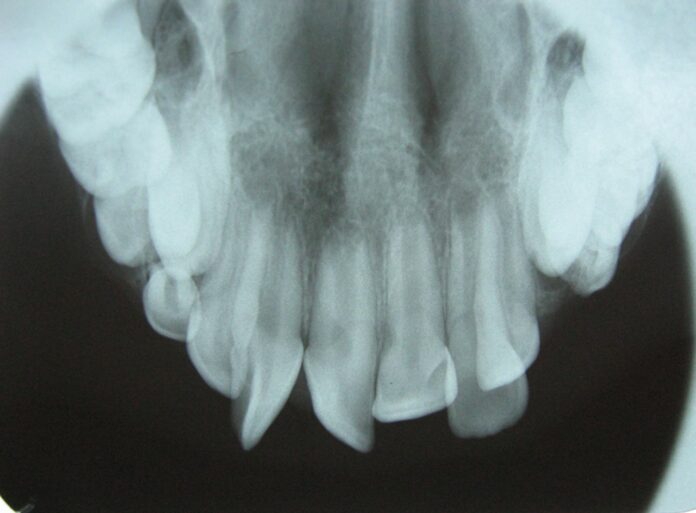Supernumerary teeth in a 9-year-old in the absence of a disorder or syndrome
This article describes the case of a 9-year-old who presented to the outpatient department for a routine dental checkup and was found with six permanent maxillary incisor teeth. The patient’s medical history was otherwise unremarkable. Similarly, there were no other abnormalities in the extra-oral examination. The dentist further advised panoramic and occlusal radiographs which was consistent with six permanent maxillary incisors. And referred him to a general physician for ruling out any syndrome associated with the supernumerary teeth.
A thorough examination revealed that these incisors were not associated with any disorder or syndrome.
Examination revealed that the patient did not have any associated disorder or syndrome. Therefore, the teeth were differentiated as supplemental incisors. Supernumerary teeth are teeth in addition to the normal number of deciduous or permanent teeth. These teeth can be present anywhere in the mouth. They are either a single tooth or multiple teeth, unilateral or bilateral and erupted or impacted in the maxilla or mandible. The extra number of teeth are more common in the permanent dentition. Although one reason for a low prevalence of supernumerary teeth in the primary dentition may be because it is generally overlooked by the parents. In some cases the teeth erupt normally and are in proper alignment. According to studies, the incidence is highest in the maxillary incisor region followed by maxillary third molar and mandibular molar, premolar, canine and lateral incisors.
Similarly, while there is no gender predisposition, supernumerary teeth are reported more in males than in females. The teeth are classified based on morphological forms including odontome, supplemental, tuberculate and conical. Clinically, the teeth can cause local disorders, for example, delayed eruption of permanent teeth, follicular cysts, tooth displacement, ectopic eruption, and retention of primary teeth.
Source: BMJ




